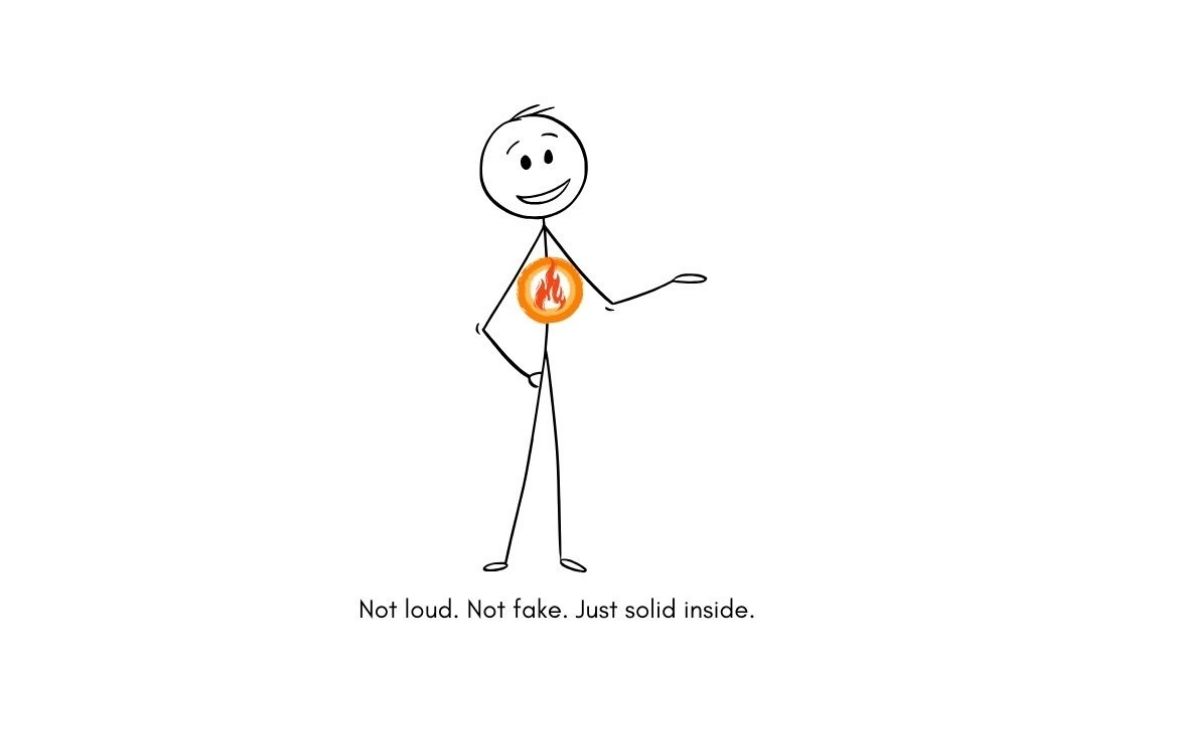The downside of ‘conditional’ confidence

Most people assume confidence is either something you have or you don’t.
That’s not true. We can be supremely confident in one area of our lives but not in others.
This means, more often than not, that our confidence is conditional.
It depends on who’s in the room.
How much praise or criticism you’ve had lately.
Whether the last meeting went well.
How visible your success is to others.
In other words, that confidence is reliant on external validation. You’re only good if ‘they’ say you are.
Core confidence, on the other hand, isn’t situational. It’s grounded in how you think about yourself – not just how others respond to you.
Is this arrogance?
Not at all. Confidence smiles, arrogance smirks.
Here are some signs that your confidence is conditional.
- You feel on top of the word after praise but shamed and mortified after criticism.
- You’re confident in your expertise but doubt yourself in new or unpredictable settings.
- You don’t speak up unless you’re sure you’ll sound smart.
- You replay conversations in your head to check if you “got it right.”
Core confidence shows up differently:
- You don’t confuse discomfort with failure.
- You stay steady even when you’re being challenged.
- You trust your intent, even when the outcome is uncertain.
- You know your worth isn’t decided in a single moment—it’s decided over time. And you get to decide, not someone else.
So how do you move from conditional to core-based confidence?
Three things you can do anytime:
Interrupt the loop of external validation. Pause before asking, “Was I OK?” Ask yourself instead, “Did I say what mattered?”
Build self-trust through recovery and reflection. When something doesn’t go as well as you’d hoped, don’t beat yourself up. Slow down. Re-evaluate. Learn. Confidence deepens when you repair calmly, not when you rush onto the next thing without reflection.
Define success on your terms before you walk into any room. If you don’t decide and set your intention, you’ll default to whatever the room rewards. Which is often the opposite of what is truly needed.



